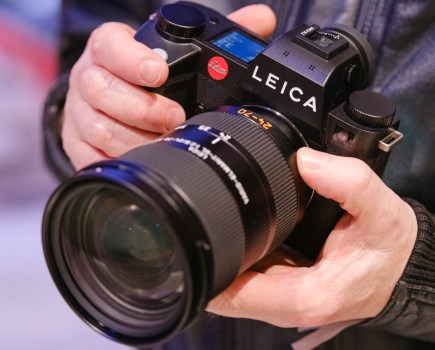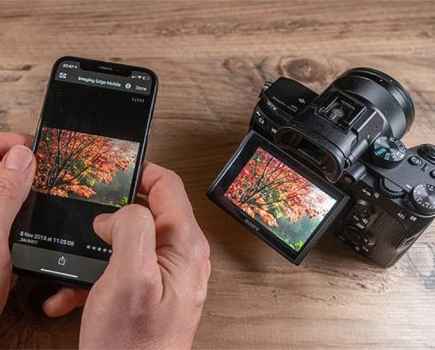This weekend try your hand at freelensing to capture beautiful, dreamy photographs with defocused effects. Freelensing involves holding an unattached lens very closely in front of the camera’s sensor. By tilting it you can adjust the plane of focus, similar to that of a tilt-shift lens, to achieve stunning, soft focus effects. The space between the camera’s sensor and unattached lens will allow for wonderful light leaks to give your images a creative edge. Sounds simple enough, but this technique requires lots of practice and patience. You need to be aware of dust particles entering the camera when the lens is unattached. It’s best to detach the lens only when you’re ready to start shooting and keep that period of time as brief as possible.
- For best results, use a prime lens. You’ll get faster maximum apertures and less vignetting. The longer the focal length, the more challenging it is to avoid lens shake. Start with a focal length of 50mm.
- To increase your chances of capturing the best possible shot, set your camera’s Drive mode to Continuous to fire off a sequence of images in quick succession. Shoot in Manual mode and record in raw.
- Meter the scene, set the aperture to the lens’s maximum aperture value and set the exposure and focus ring on the lens to infinity before detaching it. The gap between the camera and lens should be mere millimetres.
- Gently tilt the lens to find focus. The more tilt, the more blur. When tilted to the right, the left side of the frame retains focus and vice versa. Move the lens further away to focus closer to your subject.







